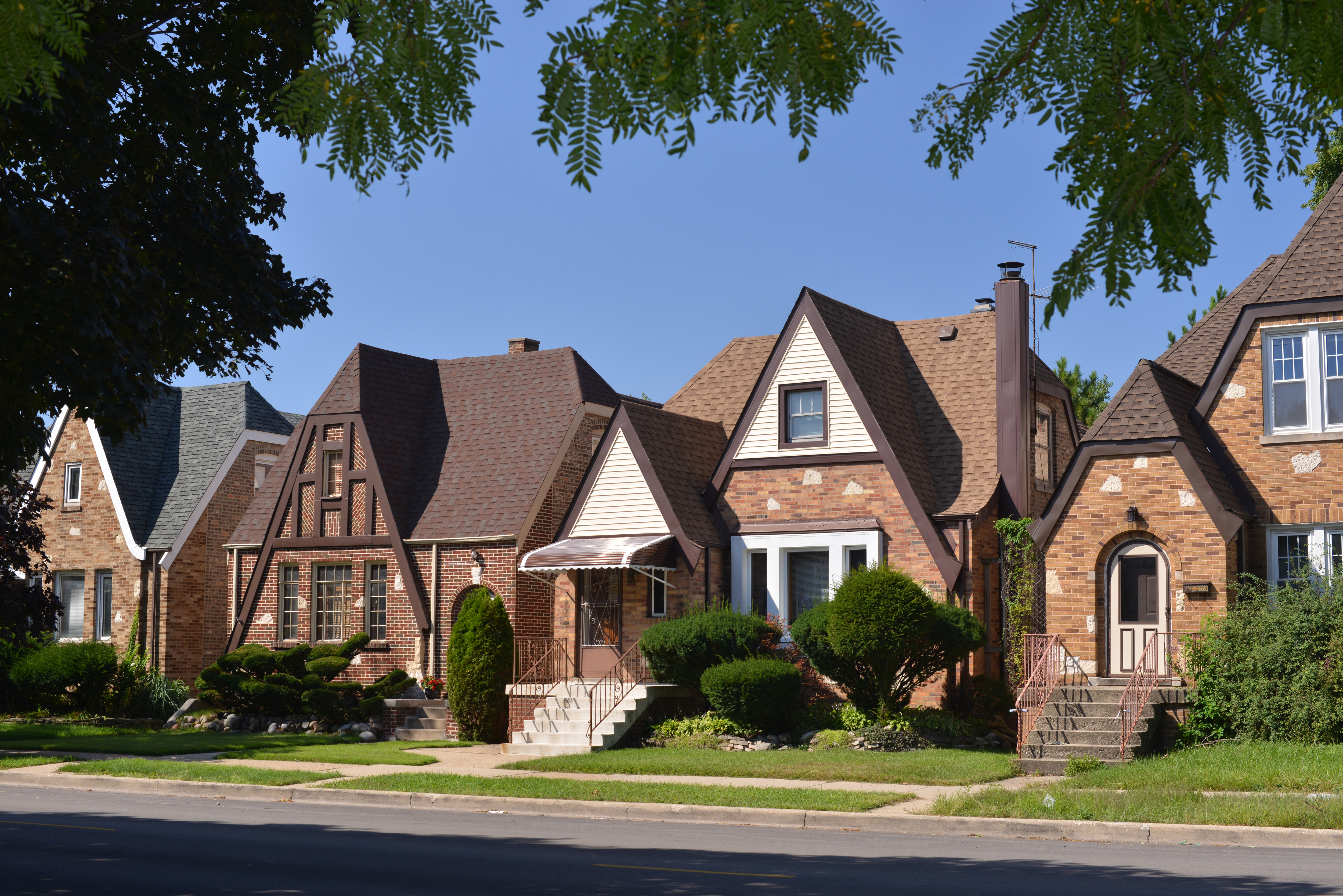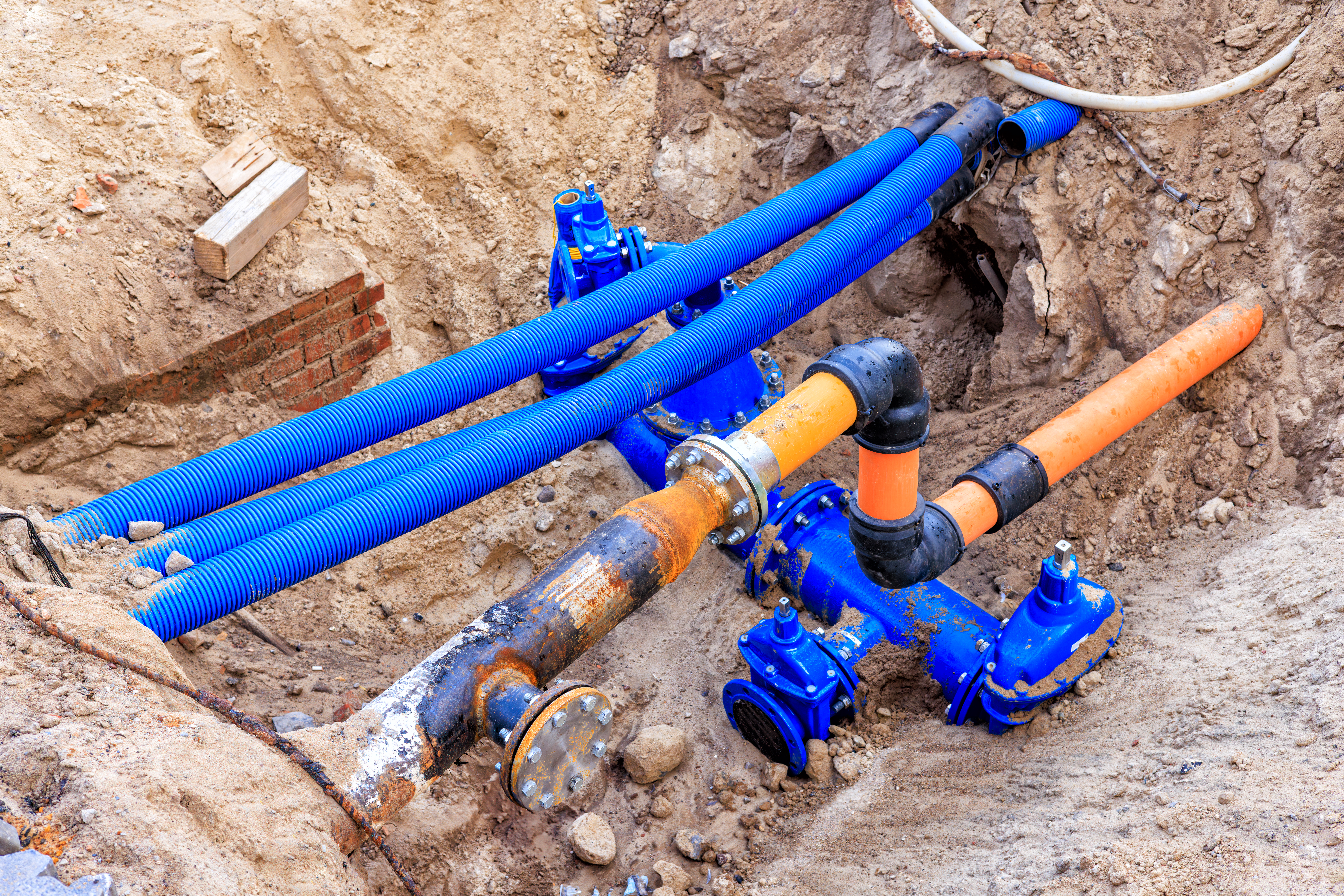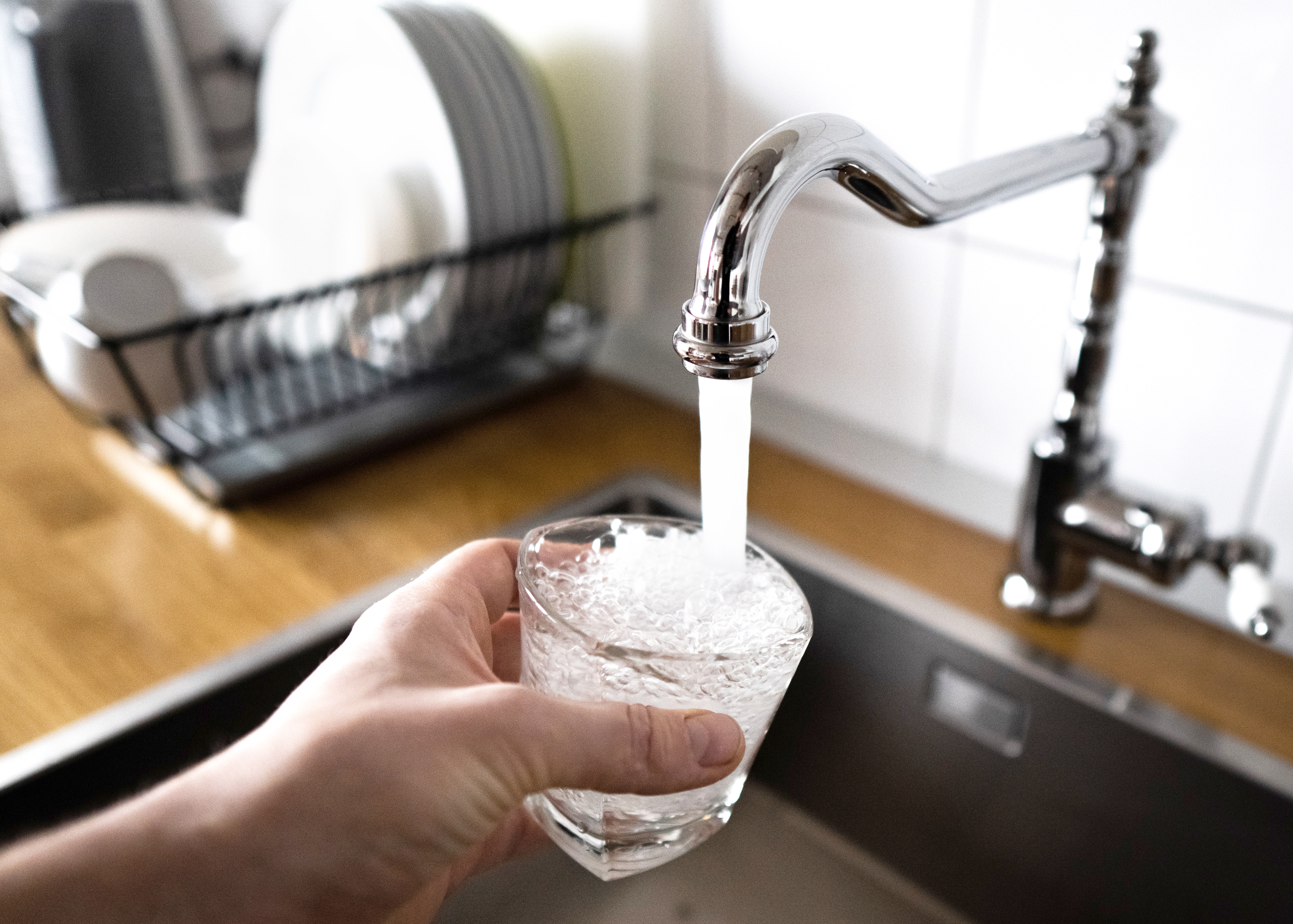
This guide to toilet installation cost covers what you can expect to pay when adding a new toilet to an existing or new bathroom.
Replacing a water main line in Chicago costs $2,446 on average, with most homeowners spending between $913 to $4,046. A plumbing pro would be able to break down the cost further and explain the range in pricing for your unique situation.


The cost to replace a main water line in Chicago ranges from $50 to $250 per linear foot.
Snap freezes make swapping a water main difficult in the winter.
Chicago has tons of experienced pros and isn’t a super high-cost city.
The city requires a permit to replace a water main.
Chicago has intense winters, which affect the likelihood and the cost of replacing a main water line. Chicagoans should budget about $2,446 for the project on average, but averages can range from $913 to $4,046 depending on whether you need to dig a trench or not. Be aware that costs are affected mostly by the type of material used, how many labor hours are required, and whether the ground is frozen or not. On average, most Chicago homeowners spend $50 to $250 per linear foot on main water line replacement.
Chicago has the benefit of many experienced pros who can tackle this project, but work in the city doesn’t come cheap. Learn about the various factors that influence the cost of replacing a water main.

Chicagoans have access to many different materials as they’re close to Canada and are on a major shipping lake. Lead and clay have been used in the past, but many water main replacements these days are with strong plastics, ductile iron, or copper. Assuming the labor costs are the same, the table below shows where your preferred material falls on the list of potential replacement options.
| Materials | Average Cost | Pros | Cons |
|---|---|---|---|
| PVC | $750–$1,800 | Inexpensive | Can crack in the cold |
| Polyethylene/PEX | $800-$2,000 | Rust resistant | Short lifespan |
| Cast iron | $1,600-$3,700 | Extremely durable | Can affect taste |
| Ductile iron | $1,800–$4,000 | Better durability than cast iron | Susceptible to corrosion |
| Copper | $1,800–$4,200 | Long lifespan | Expensive |
| FRP | $1,400–$3,400 | Strong | Not very flexible |
Replacing your water main is often an emergency repair. Fortunately, it happens infrequently. We expect most homeowners may need to perform this replacement once, if at all. Chicago does have deep freeze and thaw cycles, and the ground itself is relatively stable (unlike more earthquake-prone zones), so as long as the pipe was buried deep enough and was installed correctly, only corroding connections or pipe material would require a replacement main.
This isn’t a DIY job, so you shouldn’t attempt any of the pre-project work yourself. The last thing you want to experience is finding the water main with the tip of a shovel. A pro will locate the line that feeds from the municipal water to your home and dig it up. Prep work involves shutting off the water to your home and the main water line connection before swapping out the line.
The cost to replace a main water line in Chicago ranges from $50 to $250 per linear foot on average. However, trenched installation costs on the lower end, at $50 to $200 per linear foot, while trenchless is higher, at $70 to $250 per linear foot.
If your line is buried leading to your home, you have a main installed in a trench. These are considerably easier to replace than trenchless systems, which means you should have a much easier time finding an available pro. Geographically, Chicago is a bit tricky as it suffers from the lake effect (like many Midwestern cities), so unless it’s an emergency, try your best to tackle this project in the summer and shoulder seasons.
Trenchless systems can be simpler to work on during winter, but pros don’t like working in the cold either. That being said, there may be less work for them during winter months, so you may not actually pay more for this work during the winter, as you would for a trenched line.
While in some places, you don’t need a permit, Chicago requires one. Your plumbing pro can help you apply for and pull these permits without much hassle, but be aware that they come at a cost. Average permits can cost anywhere from $250 to $750 for this project.
Replacing a water main is work done outside, which makes cleanup easier, therefore reducing cost. Expect to pay around $200 for cleanup costs if they aren’t included in the project fee. We recommend going over this factor with your pro to make sure you aren’t paying for this twice (by a pro wrapping it into the project cost and also charging it as a line item.
The cost of a plumber for this work depends on two factors: trenched or trenchless. It may seem counterintuitive, but a trenched installation may cost less per hour for labor as it’s less specialized, even if the overall cost of the project is higher. For trenched installations, expect to pay pro costs between $40 and $100 per hour and between $50 and $150 per hour for trenchless.
Remember that in winter, digging is incredibly difficult, time-consuming, and expensive. Because of this, expect to pay more in total labor during the colder months when there’s snow on the ground and the ground is frozen. Talk to a Chicago plumbing pro to plan the best time to complete this project.
Realistically, replacing a water main doesn’t increase your home’s value. Imagine you’re in the market for a new home and the home either didn’t have a main installed or it was close to failure. Water mains are an integral part of the home, and your home won’t increase in value if you have one installed and in good condition, but your home will surely lose value if you don’t.
Home is the most important place on earth, which is why Angi has helped more than 150 million homeowners transform their houses into homes they adore. To help homeowners with their next project, Angi provides readers with the most accurate cost data and upholds strict editorial standards. We survey real Angi customers about their project costs to develop the pricing data you see, so you can make the best decisions for you and your home. We pair this data with research from reputable sources, including the U.S. Bureau of Labor Statistics, academic journals, market studies, and interviews with industry experts—all to ensure our prices reflect real-world projects.
Want to help us improve our cost data? Send us a recent project quote to [email protected]. Quotes and personal information will not be shared publicly.
From average costs to expert advice, get all the answers you need to get your job done.

This guide to toilet installation cost covers what you can expect to pay when adding a new toilet to an existing or new bathroom.

Learn about main water line repair costs in Columbus and what affects pricing to be prepared before you start getting estimates.

Learn how much plumbers cost in Columbus, Ohio. Discover pricing for faucet repairs, pipe work, and emergency services, plus how you can save money.

It’s a big issue when no cold water is coming out of the faucet. Whether it’s a pipe problem or something else, take these steps to identify the cause and get cold water flowing again.

Need to create a residential plumbing design layout but don’t know where to start? Learn essential plumbing components to create the perfect layout for your home.

An undermount sink can create a sleek, seamless aesthetic for your kitchen sink. Use this guide to learn how you can replace and install your undermount sink.